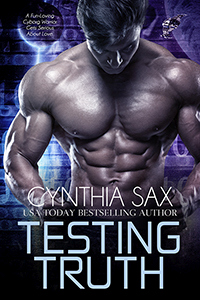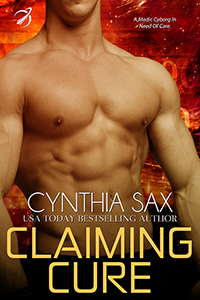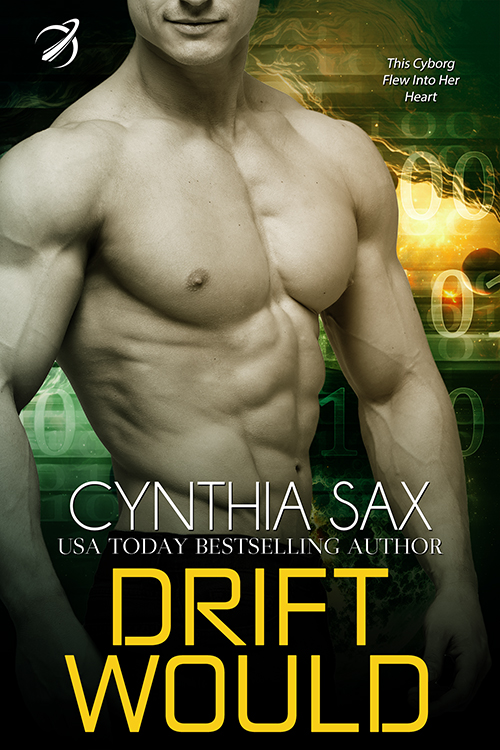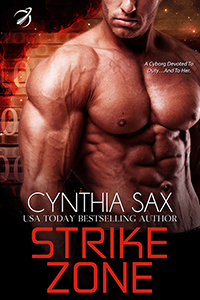Pantsing, Plotting and Plotzing

There are three types of writers.
Plotters
These are writers who know the entire story before they sit down to write that first line. They are more likely to have elaborate plot diagrams and character interviews and other wonderful things. They know the goals, motivations, conflicts, where the turning points are, what type of words their heroine would use in sentences.
Pantsers
These are writers who write by the seat of their pants. They sit down to a blank screen, knowing nothing or only knowing that first scene. Their characters lead them. They type as quickly as they can and try to keep up with their characters.
Plotzers
Plotzers are a combination of the first two writers. They might know their characters but they don’t know the plot. They might have one line about every chapter but not much else. They might plot and then throw out that plot halfway through the first draft.
Which Type Of Writer Is Best?
There is no way of knowing, by reading a story, which type of writer wrote the story. There are best selling plotters, best selling pantsers, best selling plotzers. There are pantsers who write the most intricate 10 story series. There are plotters who only write standalone stories.
There ARE a gazillion books on plotting or explaining how a pantser can become a plotter. IMHO…if a pantser can become a plotter, she was likely either truly a plotzer or a plotter OR something happened that caused her brain to change (some of my writing buddies say this can happen during menopause, for example).
I can’t plot. Or, more specifically, I can craft a plot but then the story doesn’t get written or it deviates wildly from that plot or it has zero magic. The magic is in the pantsing for me. I can’t seem to find it with plotting (other writers can ONLY find the magic with plotting).
Why aren’t there a gazillion books on pantsing? Because pantsing is very challenging to explain to another writer and pantsing is also often different for each writer. I see a movie in my head (it is like dreaming). Some writers hear only dialogue. Some writers see text.
The Trad World Is Designed For Plotters
One of the reasons pantsers attempt to become plotters is because the world doesn’t understand pantsing.
Agents and editors, especially those associated with the big New York Trad Publishers, ask for things like partials, for example. Partials consist of the first 3 chapters and a synopsis detailing the ENTIRE story. A pantser doesn’t have this unless she has written the entire story. I would make sh*t up and then go through the painful exercise of refining a plot I knew I’d never write. (This is one of the many reasons I’m so happy to be Indie now.)

Plotters Vs Pantsers And Writing Speed
Another reason pantsers attempt to become plotters is due to the myth floating around that plotters complete stories faster than pantsers.
That’s complete bullsh*t. There’s no correlation between the type of writer and writing speed. I, as a pantser, do one more draft than many of my plotting buddies but I also don’t take a week or more thinking about my plot and characters. It all evens out.
Do I throw away scenes? Yes, I do. But I learned things about my characters when I wrote those scenes. They weren’t wasted scenes. And, thankfully, words are plentiful. I don’t have to worry about running out of them. (grins)
Plotters throw out their diagrams after their books are published and that doesn’t seem to concern anyone.
Forcing yourself to write in an unnatural way also increases the likelihood you’ll get word constipation. If you’re not writing any words, you’re not completing stories quickly.
Which Type Of Writer Are You?
The best way to figure out which type of writer you are is to try a variety of writing techniques. Try plotting. Try pantsing. Try a combination of the two. Try different techniques. Read different books on crafting stories.
If you try 5 or 6 techniques and one way works best for you, use that technique until it stops working for you. Then consider going through the process again.

Stock Art Crafted By And Indirectly Purchased From: grandfailure
Pantsing And Craft
There’s a myth that pansters don’t need to learn craft (learning 3 act structure or GMC or turning points, etc). IMHO…I find it is the opposite for me. I need to know craft so fraggin’ well; I internalize it during the writing of the first draft. I also need to know it when my first draft doesn’t quite work. Maybe my structure is off. Maybe I have to look at my characters again.
Being a pantser is NOT a reason to ignore craft.
Do Whatever Works For You
Do whatever works for you. If a technique is working for you, if it makes you happy, pleases the muse, gets stories written, think before changing your technique.
If someone tells you there’s one ‘right way’ to write, smile and nod and then purge that feedback from your brain. They’ve found THEIR ‘right way’ for the moment and that’s awesome. I’m happy for them.
But their ‘right way’ might not be YOUR ‘right way’.
***
Subscribe To My Monthly Newsletter: http://tasteofcyn.com/2014/05/28/newsletter/
Testing Truth
A fun-loving cyborg gets serious about love.
***
Truth lives each moment as though it were his last. The cyborg warrior rushes into danger, teases beings he shouldn’t provoke, accepts every call of adventure he encounters.
When a prissy little human princess floats into the Rebel structure Truth is occupying, seeking a mercenary to assist her and her unusual entourage, he volunteers to be her warrior. She claims their assignment is dangerous, warns him he might not survive the task.
That is exactly the type of fun he has been seeking.
Princess Nanette of the planet Royaume must rescue her estranged brother from an enemy prison ship. That is her duty, and she has been trained to always place the needs of her planet and her subjects before her own. Nancy doesn’t have the freedom to indulge her passions for a certain dark-haired, gray-skinned cyborg. Not permanently and not publicly.
But she is unable to resist the warrior. Truth, with his laughing eyes, smiling lips, and rough hands, tempts her as no one else ever has. He could be her one fleeting act of rebellion before she’s matched with the powerful ruler her planet requires.
If they survive their current mission.
Their love is doomed. Their lifespans are at risk. This cyborg and his princess will need the help of every ally they have if they wish to see another sunrise.
Pre-order Now:
Amazon US:
https://www.amazon.com/gp/product/B08BTYN7TT
Amazon UK:
https://www.amazon.co.uk/gp/product/B08BTYN7TT
Amazon AUS:
https://www.amazon.com.au/gp/product/B08BTYN7TT
Apple Books:
https://books.apple.com/us/book/testing-truth/id1520415369
B&N:
https://www.barnesandnoble.com/w/testing-truth-cynthia-sax/1137237855
Kobo:
https://www.kobo.com/us/en/ebook/testing-truth
Smashwords:
https://www.smashwords.com/books/view/1029497
Topics: Writing Tips | Comments Off on Pantsing, Plotting and Plotzing







